With the Department of Justice (DOJ) litigation to stop the AT&T-Time Warner merger set to go to trial on Monday, March 19, it is revealing to compare different views about network power from the agency’s perch on the north side of the National Mall with those of the Federal Communications Commission (FCC) on the other side.
The trial brief submitted by Justice has carefully avoided any theory of harm that might resemble an explicit justification for open internet rules. Nonetheless, the brief’s description of the broadband transmission market is decidedly less rosy than those used to justify the FCC’s hands-off policy.
“Barriers to entry for MVPDs [Multichannel Video Program Distributors such as cable systems] are high,” the Justice Department told the court, “including the need to obtain content and to deploy the required infrastructure” (p. 57). That “required infrastructure,” is a high-speed digital pathway used both for traditional cable service and over-the-top offerings such as Netflix. To illustrate the absence of any meaningful competition, the Justice Department points out the only new entrant is Alphabet, Inc. (Google), “which has effectively withdrawn.”
In 2015 the Obama FCC justified its Open Internet Rules, in part, because of the lack of competitive choice consumers had in high-speed broadband service providers. The Commission found that two-thirds of American households had one choice for high-speed broadband at most. The Trump FCC chose to overlook this monopoly when it abolished the Open Internet Rules at the request of the monopolists. The Justice Department’s assessment of the broadband market is less fanciful: the Trump DOJ told the court that high-speed broadband is essentially a monopoly. For incumbents such as AT&T, the DOJ told the court that network expansion “has largely been limited to footprint expansion” – not competition expansion.
The effect of this monopoly market on the distribution of content to consumers is another example of how the chasm between the assessments of the Justice Department and those of the FCC is as wide as the National Mall that physically separates them. Citing internal AT&T documents, the Justice Department told the court, “AT&T recognizes that…the current trend toward Virtual MVPD’s [i.e., programming without owning the network] will severely harm its bottom line.” (pp. 19-20).
What follows at that point of the trial brief is more information presented to the court, but redacted to protect confidentiality. Based on this information, the Justice Department reaches a powerful conclusion: “Motivated by this threat, AT&T has sought to slow the growth of its online competitors.” It was such a powerful conclusion that the trial brief put it in bold type.
Oh, to have x-ray vision to see through the blacked-out redactions! After making its bold type conclusion, the redacted section tantalizingly hints at specifics describing how AT&T “sought to slow the growth of its competitors” by exerting its network power. The trial brief then attacks the heart of the Trump FCC’s decision to stop its predecessor’s investigation into so-called “zero rating.” The Obama FCC was concerned about the anticompetitive effects of AT&T Mobility providing free distribution for its own video content while charging consumers for the data they used watching a competitor’s video service. When AT&T Mobility delivered its DirecTV Now product free of data fees, it knew it was threatening its satellite business, but was also helping its mobile network business. The trial brief explains how “AT&T executives knew DirecTV Now, like other Virtual MVPDs, threatened its MVPD business… [But] DirecTV is now under AT&T’s control so that it can manage the threat.”
When the United States Department of Justice tells a trial court that AT&T has sought to use its network monopoly power “to slow the growth of its online competitors,” it contradicts the Pollyannaish portrayal of the broadband market propagated by the Trump FCC as it turned its back on an open internet. Perhaps the leadership of the FCC should have crossed the National Mall to gain insight into what is really happening in the market it is supposed to oversee.
The Brookings Institution is committed to quality, independence, and impact.
We are supported by a diverse array of funders. In line with our values and policies, each Brookings publication represents the sole views of its author(s).


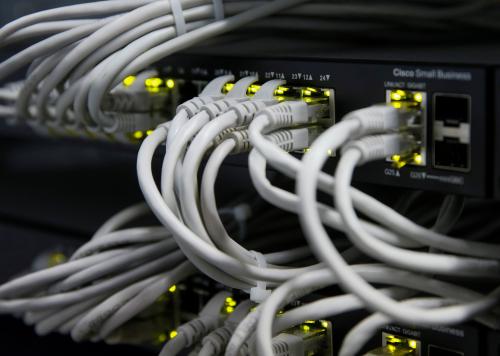
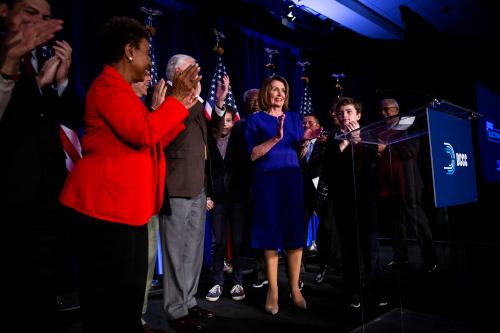
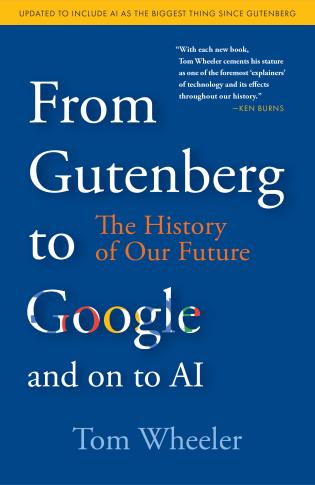
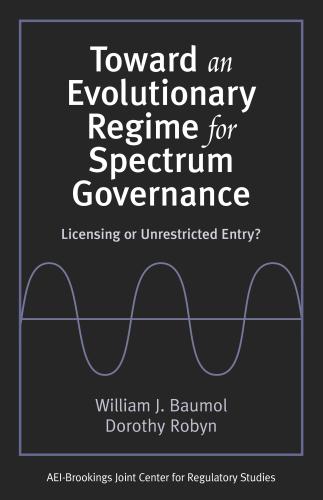
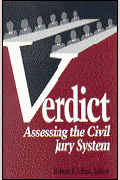




Commentary
A wide gulf between federal agencies on broadband competition
March 19, 2018